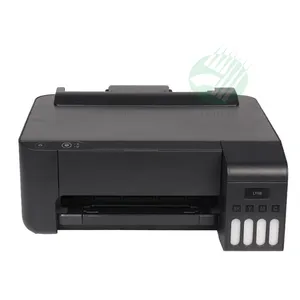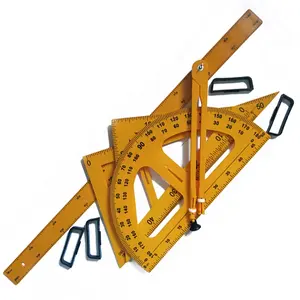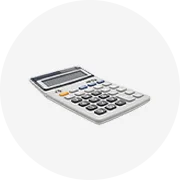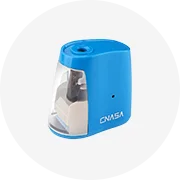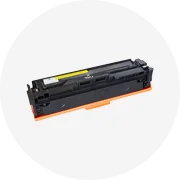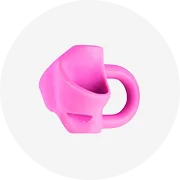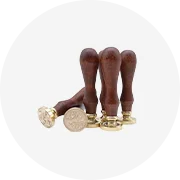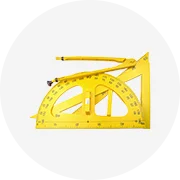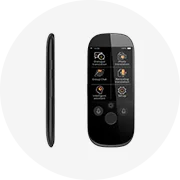Popular in your industry







































































Related Searches:













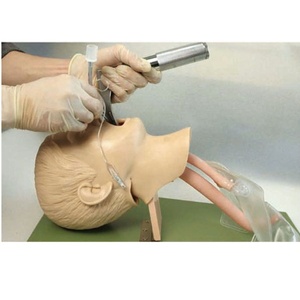
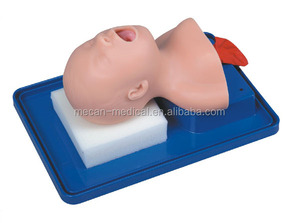
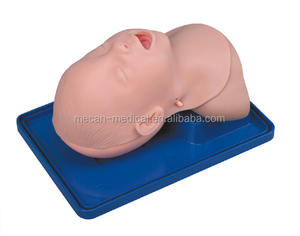


































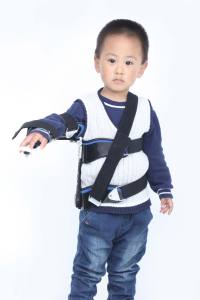






































































Top categories
About child skeleton model
Anatomy of Child Skeleton Models
Understanding human anatomy is a fundamental aspect of medical education, and child skeleton models serve as essential tools for this purpose. These anatomical replicas are meticulously crafted to represent the skeletal structure of a child, providing a realistic framework for study and reference. Utilized extensively in medical anthropology, these models help in the examination of developmental stages in pediatric osteology.
Types and Applications
There is a diverse range of child skeleton models available, each tailored to different educational and clinical needs. From basic models illustrating general bone structure to advanced versions showcasing intricate details such as nerve pathways and vascular structures, these models serve as invaluable resources for students and professionals alike. Their applications span across various educational settings, including universities, medical schools, and specialized health science centers.
Features and Materials
The construction of child skeleton models involves durable materials that withstand frequent handling, such as high-quality plastics and resins. Attention to detail is paramount, with features such as removable limbs and skull sections to facilitate deeper study. The accuracy of these models is critical, ensuring that dimensions and proportions reflect true human anatomy.
Advantages of Using Child Skeleton Models
Incorporating child skeleton models into the learning environment enhances comprehension of complex anatomical concepts. They provide a tactile learning experience, which is often more effective than textbook study alone. For clinical lab scientists and medical educators, these models are indispensable for demonstrating procedures and explaining conditions related to the skeletal system.
Selection Criteria for Educational Use
When selecting a child skeleton model for educational purposes, it is important to consider the model's anatomical accuracy, the quality of materials, and the level of detail required for the course of study. Models that offer additional features such as labeled bones can be particularly beneficial for introductory courses, while more advanced models are suited for specialized medical training.
Conclusion
Alibaba.com hosts a comprehensive collection of child skeleton models suitable for a wide range of educational and clinical applications. These models are instrumental in bridging the gap between theoretical knowledge and practical understanding, making them a staple in medical education and research.
